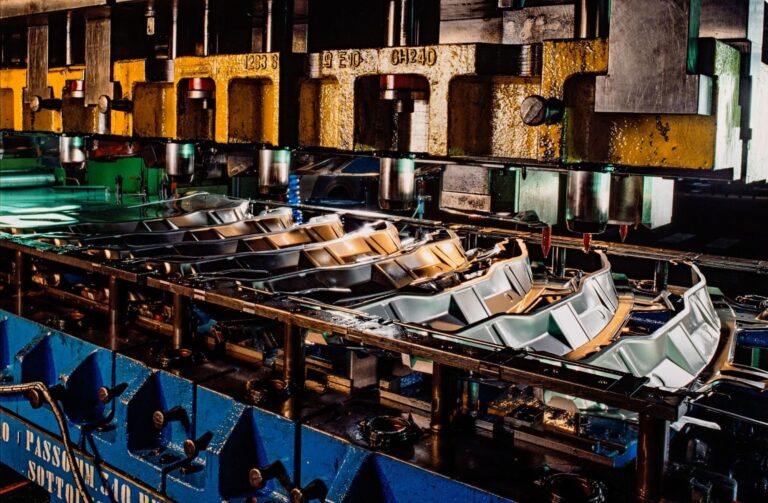Time to read: 1 min
Supply chain disruption is a reality that every company will encounter at some point. The coronavirus outbreak that has spread throughout China is just the latest example of volatility and unpredictability in the manufacturing world, and there will always be more to come.
However, traditional supply chains are outdated and unprepared to deal with the natural volatility of the world. According to a recent study, 61% of companies say that risks to supply chains have increased over the last year, yet only 14% of companies are adequately moving supply lines based on expected and unexpected risks. Why are companies not planning for disruption? How should they be thinking about a more modernized supply chain, and what steps can they take to get there?
We’re excited to host a live webinar on March 12th as we bring together industry experts to answer those pressing questions that every company should be responding to. Join Fictiv’s Chief Operating Officer Jean Olivieri, Supply Chain Resources Group Founder Ron Keith, and supply chain and manufacturing journalist Philip Stoten as they walk through the costs of unpreparedness, mitigating that business risk, and how to build a supply chain for the future.
Register here and send in your questions to get the details you need to plan for unpredictability.










